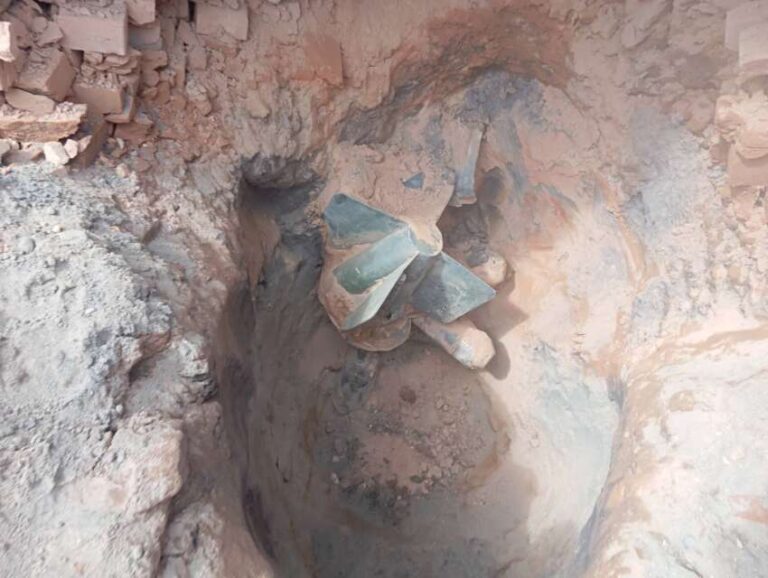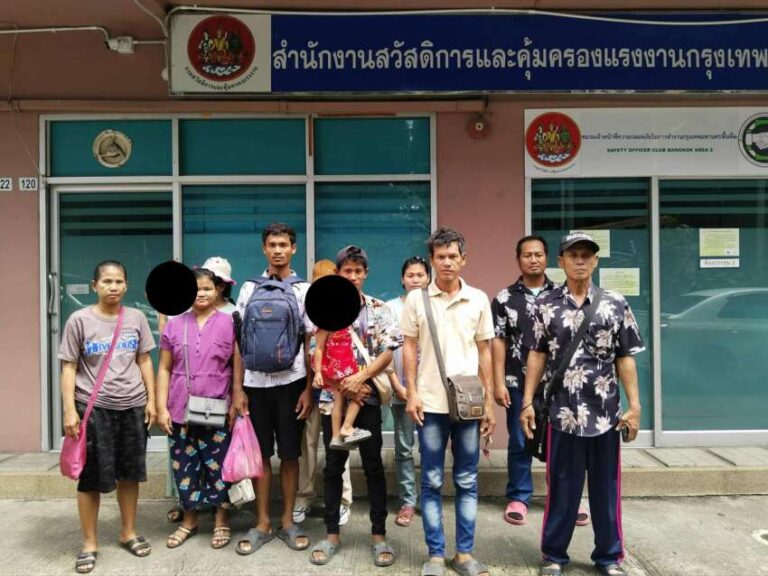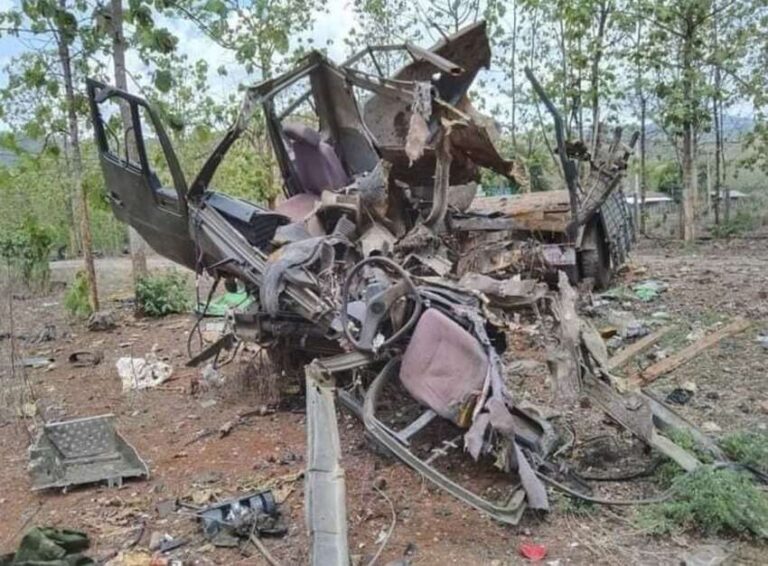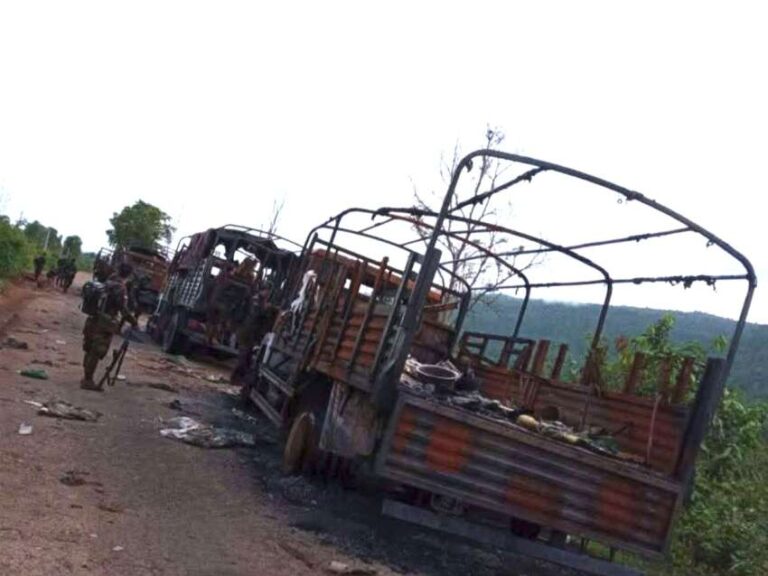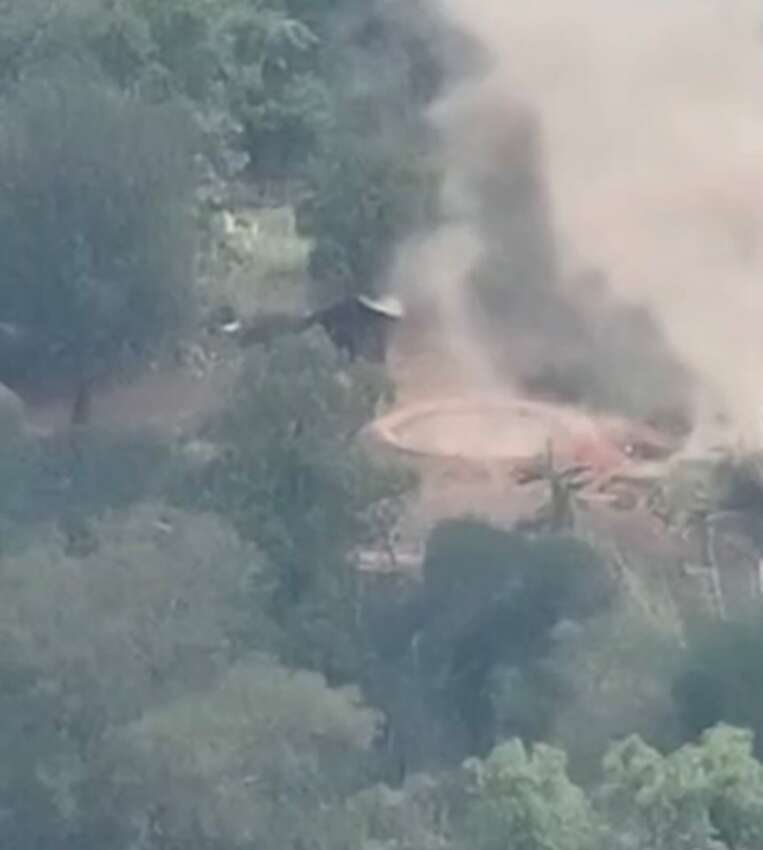
The Karen National Liberation Army (KNLA) and allied forces have launched an intense offensive against the military council’s Infantry Battalion 24’s Than Lel camp in KNU Brigade 7 territory along the Thai-Myanmar border in Karen State. According to KNU sources, the attack began early morning on May 10th, with allied forces conducting drone strikes and firing 81mm artillery at the military camp. The military council has responded with airstrikes to defend the position. This offensive follows the successful capture of the Taw Bi Kwee camp by resistance forces the previous day.
The Than Lel camp, located on the Nawteya mountain ridge east of the recently captured Taw Bi Kwee camp, has become the focus of intense fighting. The Thai military has implemented strict security measures along the border in response to the escalating conflict. All river crossing points have been closed, and Thai forces are conducting tank patrols every two hours along the border area. Checkpoints have been established along the Mae La road, and the Thai military is closely monitoring the situation.
The fighting is taking place near Mae La village in Thailand’s Tha Song Yang district, prompting heightened vigilance from Thai forces. The Thai Naresuan Strategic Commander is personally monitoring the battle situation, particularly concerned about the potential for artillery shells landing on Thai territory and the possibility of military council soldiers fleeing across the border. Border security sources report that the Thai military is maintaining strict surveillance due to these concerns, especially given the use of heavy weapons and aircraft in the conflict.
The KNU has indicated that they will continue offensive operations against all military council camps within Brigade 7 territory. This suggests that fighting could spread to other military positions in Myawaddy Township, including Maw Poe Kay camp, Kyaw Kay Hta camp, Naw Tha Ra camp, and Wan Kha Thit camp. Analysts note that the military council is at risk of losing territorial control in the area, as KNLA and allied forces continue to successfully capture one military position after another along the border region. The current offensive represents a significant challenge to the military council’s control over these strategic border areas.
